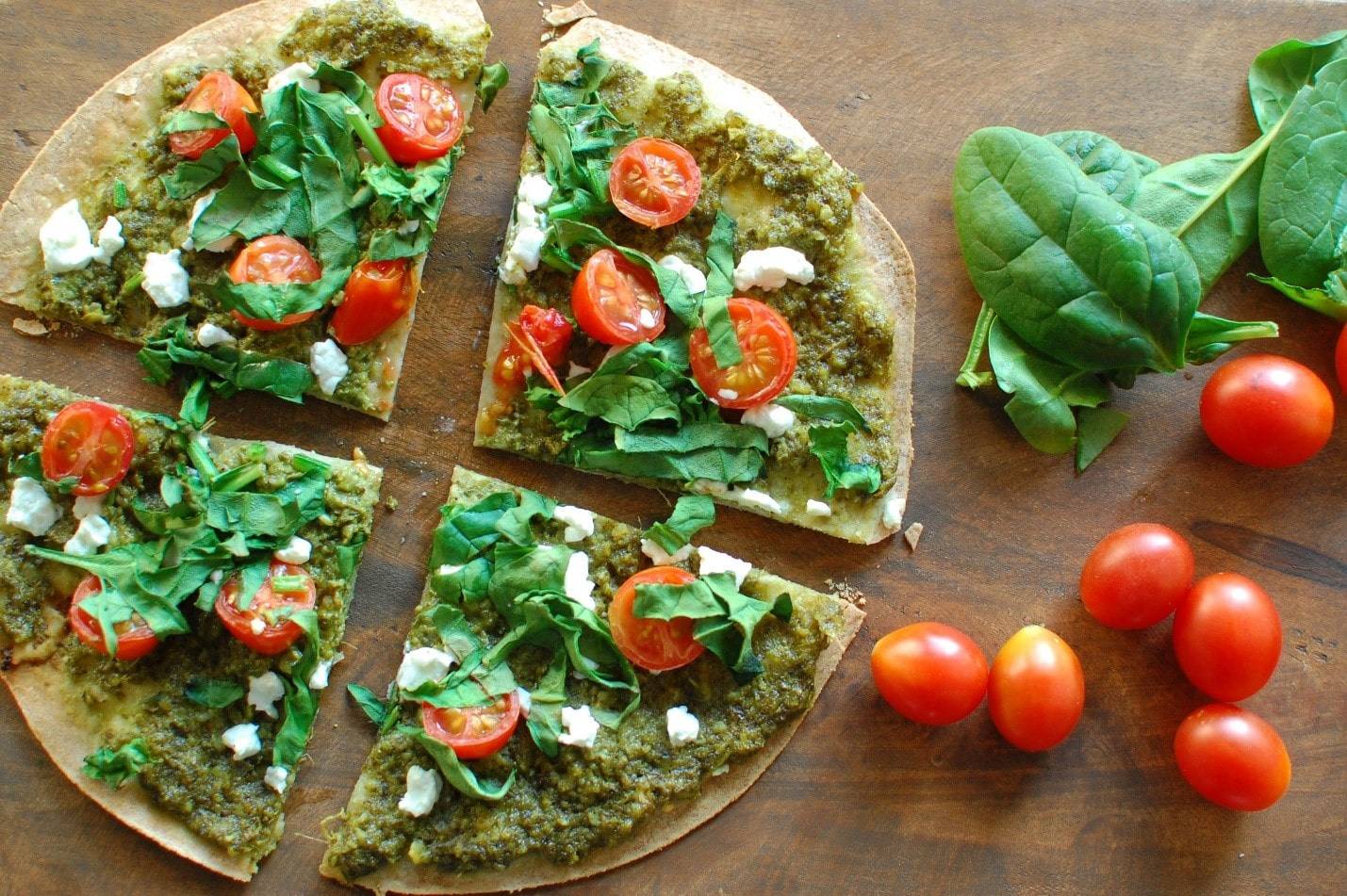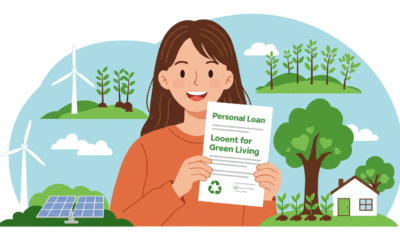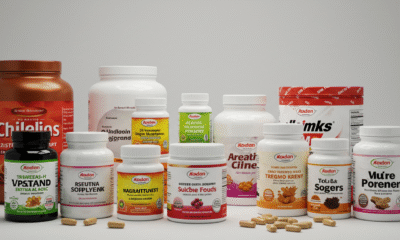Features
Healthy Eating and Green Living: Your Guide

If you’re interested in living a healthy life, you’ll need to start with being aware with what you eat. Following a diet, for example, the keto diet plan, is essential if you want to eat healthy.
Take note that eating healthy and living a green life doesn’t only involve eating healthy foods like vegetables and fruits, but it also involves many other things like cutting out some items from your diet and taking care of your calorie count.
Here is a small guide for green living and healthy eating.
What you need to remove
Attempting to eat only healthy food often fails, primarily because of the presence of unhealthy and tempting edibles present in your house. The same also applies for when you try out a new diet, but you fail to follow it through.
In order to make sure that you succeed in your mission to eat healthy, you need to remove all the triggers from your eyesight.
This is a crucial step as it helps to prevent you from ruining your hard work when you have a moment of weakness and you crave something unhealthy.
If throwing out items is not practical, then ask someone to place all the unhealthy items in such a place that you would least expect to find them.
Regardless of where they are kept, the main thing is that they stay out of your sight.
The things you need to eliminate include the following:
- Grains and starches
This includes all forms of grains and starches, ranging from wraps to cereals it includes croissants, rolls, bagels, flour, quinoa, oats, corn, potatoes, rice, bread, and pasta.
- All items made using sugar
Apart from sugar, you also need to get rid of all forms of refined sugar as they contain a high amount of carbohydrates. Moreover, you also need to remove all candy bars, pastries, milk chocolate, fizzy drinks, desserts, and fruit juices. However, you can find great sugar-free alternatives that will make the transition easier for you.
- Legumes
This might seem a little surprising; however, in order to eat healthily, you will have to discard all lentils, peas, and beans. Legumes contain an acid known as phytic acid which binds to the nutrients that are present in the food. Consequently, the body fails to absorb the bounded nutrients easily, making the food less nutrient-dense.
- Seed oils and vegetable oils
You need to stop using seed oils and vegetable oils such as grapeseed, corn, canola, soybean, safflower, and sunflower oil. There are various reasons for this; first, excessive use of these oils causes a structural change in the cell membranes and the stores of fat. Furthermore, both these oils are rich in ‘trans’ fats which are unsaturated fats that are solid at room temperature.
Not only are these highly toxic, but they are also often linked with various diseases such as obesity, diabetes, cancer, and heart disease. Another form of ‘trans’ fat that you need to steer clear of is margarine.
What should you eat?
Once you have cleaned out all the items that can tempt you, the next step is to stock up on things that you should eat if you want to be healthy.
Following are the foods that can help you become healthier, lose weight, and feel livelier!
- Eggs, fish, and meat
All kinds of fresh fish and meat are good for you, and these include salmon, tuna, pork, lamb, chicken, and beef. However, you must eat only organic meat or grass-fed meat, and the fish must be wild-caught.
You can have as many eggs as you want; just remember that they should be organic eggs from free-range chickens. Here’s some information from the NHS regarding meat consumption.
- Vegetables
Try to eat as many non-starchy vegetables as you can. Make sure you especially incorporate zucchini, Brussels sprout, garlic, tomatoes, cauliflower, peppers, onions, lettuce, cucumber, broccoli, mushrooms, and asparagus.
- Dairy
Eating full-fat dairy items such as cheeses, heavy cream, butter, unsweetened yogurt, and sour cream can help you lose weight. Moreover, despite not being dairy items, coconut milk and unsweetened almond milk work as great substitutes for regular milk.
Remember to stay away from sweetened yogurts, skim milk, and regular milk as they contain a high amount of sugar. You’ll need to stay away from low-fat and fat-free dairy products.
- Fats and oils
Bacon fat, butter, avocado oil, and olive oil are ideal for consuming and cooking. In fact, avocado oil is ideal for searing because of its high smoke point.
- Fruits
The best fruit you can have is avocados because they are very low in carbohydrates. Moreover, you can also eat berries like raspberries, blueberries, and strawberries, but only in small amounts.
- Other items
Make sure to take a good amount of water every day. You can also have unsweetened tea, coffee, and sweeteners such as erythritol and stevia.
Furthermore, you can also have condiments like sriracha, pesto, mustard, and mayonnaise.
Other items you can include in your diet include chicken, beef, and bone broths, fermented foods such as pickles, and nuts and seeds including macadamias, walnuts, almonds, pecans, flaxseeds, and chia seeds.
Introducing the keto diet
One diet that involves a meal plan including all the items mentioned above is the keto diet. This is a high fat and low carbohydrate diet and is great for losing weight.
Moreover, studies suggest that it helps to lower the chances of epilepsy, Alzheimer’s, stroke, heart diseases, and diabetes. See one study here.
When you follow the keto diet, the body goes into a metabolic state which is known as ketosis. In such a state, the body starts to use ketone for energy in place of glucose.
Ketones are basically a derivative of fats, and they are a more steady and stable energy source than glucose (which comes from carbohydrates).
Once the body is in ketosis, it starts to use the stored fat as well as the fat you consume throughout the day for energy in place of carbs.
Benefits of the keto diet
According to studies, a person can enjoy the following benefits by following the keto diet:
- The diet helps to lose a greater amount of body fat.
- It maintains the levels of cholesterol in a better manner.
- The diet also leads to reduced insulin resistance and blood sugar, thus reversing type 2- diabetes and prediabetes.
- People following the keto diet also enjoy a decrease in their appetite as well as reduced levels of triglyceride which in turn reduces the risk of heart diseases.
Wrapping It Up
If you’re interested in healthy eating and green living, one of the best diet plans for you to go for happens to be the Keto diet. It has everything a person requires to help their body prevent disease, and be livelier.


 Environment10 months ago
Environment10 months agoAre Polymer Banknotes: an Eco-Friendly Trend or a Groundswell?

 Environment11 months ago
Environment11 months agoEco-Friendly Home Improvements: Top 7 Upgrades for 2025

 Features9 months ago
Features9 months agoEco-Friendly Cryptocurrencies: Sustainable Investment Choices

 Features10 months ago
Features10 months agoEco-Friendly Crypto Traders Must Find the Right Exchange



















